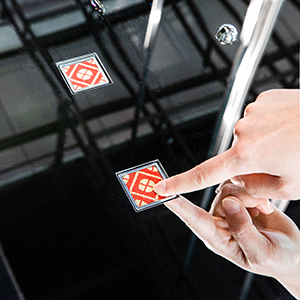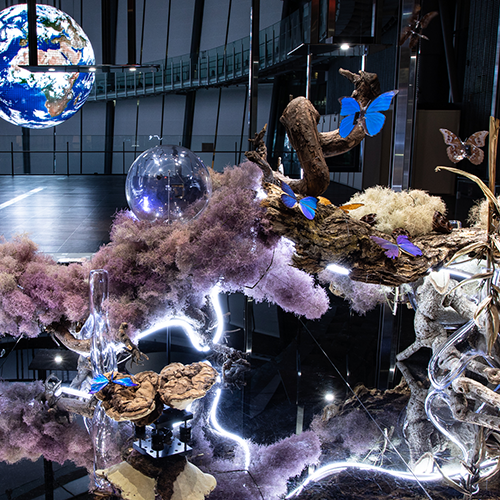Guest reviewer Rachel Nowak visits the Digitally Natural – Naturally Digital exhibit at the National Museum of Emerging Science and Innovation in Tokyo, Japan.
Two things stood out for this new visitor to Japan.
First, the multitude of life-enhancing innovations at my disposal. I’m talking hand-sized holes in the blind end of a doona cover so you don’t have to submarine inside to untangle its contents. Onigiri wrappers that keep the rice fresh and the nori crisp until you are ready to snack. And, yes, I’m talking heated toilet seats, which you will scoff at until you’ve experienced a January morning in Tokyo before the heating kicks in.
The second thing that stood out was Japan’s unwavering commitment to its own authenticity. The refined hush on public transport, maintained only by unwritten public contract. Exquisitely presented fast food. Teenagers wearing kimono alongside their Doc-Martened peers. Teenagers wearing kimono with their Doc Martens.
Japan effortlessly embraces those almost-opposites: innovation and authenticity.
So, what better place to experience Digitally Natural – Naturally Digital, an exploration of what happens when “in the near future, the difference between original nature and computer-created nature fade away”.
Digitally Natural – Naturally Digital is part of the permanent exhibition at Japan’s National Museum of Emerging Science and Innovation in Tokyo. The Museum is nicknamed Miraikan from “mirai” meaning “future” and “kan” meaning “museum”.
The blurring of boundaries is being driven, according to Digitally Natural – Naturally Digital, only in part by the acceleration in technologies that mimic today’s nature.
The other factor lies within each of us. “The computers we have created will begin to be treated as natural [because] we will no longer be conscious we have created them,” according to text accompanying the exhibits. Ever fleetingly felt that Siri really is your friend?
Digitally Natural – Naturally Digital culminates in what at first blush looks like a traditional natural-history-style display cabinet. On inspection, it’s a meld of natural (dead) and artificial butterflies. The artificial components are nano engraved, scattering light to create butterfly-like iridescence. Imperceptible changes in light drive a flutter mechanism. Nature’s ability to endlessly recycle is represented by flasks containing the intermediaries of polyester fabric recycling. The question of how computers could do this is posed but not answered.
The installation is beautiful, but I didn’t experience the deep intake of breath that immersion in real nature triggers.
But that day is not far off, suggest other Digitally Natural – Naturally Digital exhibits. These exhibits are designed so that the audience can “intuitively understand and experience a view of the world in which real and virtual are fused,” says a Miraikan spokesperson.
They include one-of-a-kind physical objects exactly reproduced using digital fabrication – in this case, a raku teacup but it could have been a stone or a twig.
A high-res display of a tropical fish that is indistinguishable from the real tropical fish in the next tank.
And skin-sensation displays: Lightly rubbing a piece of tatami matting transformed its authentic roughness to slime. The rubbing triggered the invisible skin-sensation display which uses ultrasonic vibrations and a high-pressure air film to change the touch sensation not the actual surface.

The capacity to digitally mimic that most revered natural phenomenon – creativity – is explored through an animation of the waka poet Ki no Tsurauyuki. Waka is a style of traditional Japanese poetry composed of 31 syllables in a 5-7-5-7-7 pattern. The animation asks can AI “create the human heart that speaks through waka poems?” Naturally, this prompted me to ask the AI-powered ChatGPT to "talk about the merging of digital nature and real nature in the style of a waka poem". I’ll let you be the judge (see below).
Digitally Natural – Naturally Digital also aims to help visitors deepen their understanding both of how digital technology works and of its possible impact on “future society and culture,” says the spokesperson.
For example, one provocative exhibit delved into how new technologies create new values. Consider sound technology. A time sequence video showed the evolution of music from agrarian societies who gathered to listen to live performances. To industrial and information societies, where recording technology meant that you could listen to performances any time any place. To now, where we enjoy music created entirely by computer. To the “super future”, where anyone will be able to express their emotions through computer-generated music, and “who cares if the listener is machine or human.”
Other exhibits explained the nitty-gritty of enabling technologies such as miniaturisation of capacitors and the kernel method. This may be too much for some visitors – I got a little yawny -- and you certainly don’t need it to understand where this technology is going.
Miraikan’s overarching mission is “to provide an open forum for all to ponder and discuss the future roles of Science and Technology.”
Digitally Natural – Naturally Digital intrigued me, sometimes wowed me, and certainly got me pondering and discussing for the first time the possibility of nature and digital technology merging. Mission accomplished Miraikan.
For bonus points, Digitally Natural – Naturally Digital taught me as much about Japanese culture and history as it did about our digital future.
But it also lulled me, like a sort of immersion therapy, lessening my qualms about the astounding possibility that digital and real nature will become indistinguishable.
And that got me pondering questions that should be worrying science communicators the world over.
Does science communication too easily slip into science advocacy, subtly encouraging people to passively accept a future being built for them? Should it instead be working to democratise science and technology, sharing knowledge while also building pathways for all types of people to have a say in what that future should be?
The answer is a no-brainer. The challenge, substantial.
Miraikan certainly has the savvy to take this next step.
And what was ChatGPT's response when asked to “talk about the merging of digital nature and real nature in the style of a waka poem”?
Digital and real,
Nature intertwined as one,
Binary meets green.
Pixels dance with leaves and trees,
The world becomes hybrid.
Lead image: A fusion of real and artificial butterflies. Source: Miraikan


